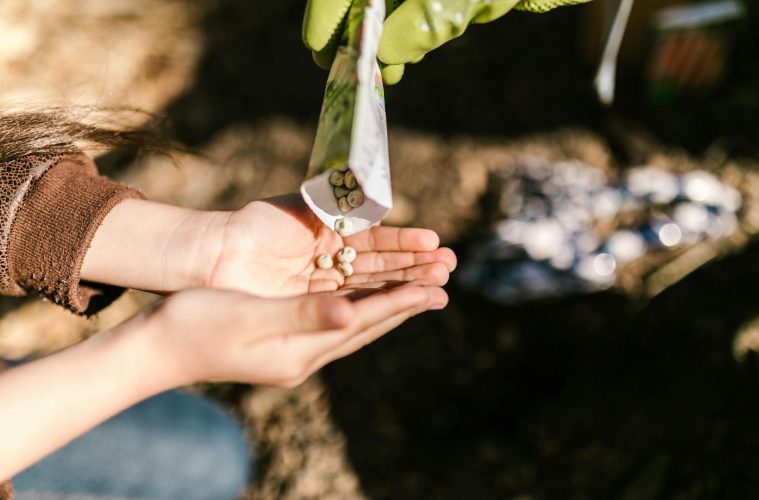February is mid-summer and harvesting season for most summer and perennial fruits, vegetables and berries. Knowing the harvesting season and time to prune for gardeners with food gardens is essential to knowing which crops to focus on in a particular season.
Chilli
Most chilli varieties flower in the summer into the fall. As they begin flowering, they grow leaves extensively. Young chilli trees need small scissors to prune their tiny leaves instead of large secateurs. Prune the leaves regularly until the fruit completely develops.
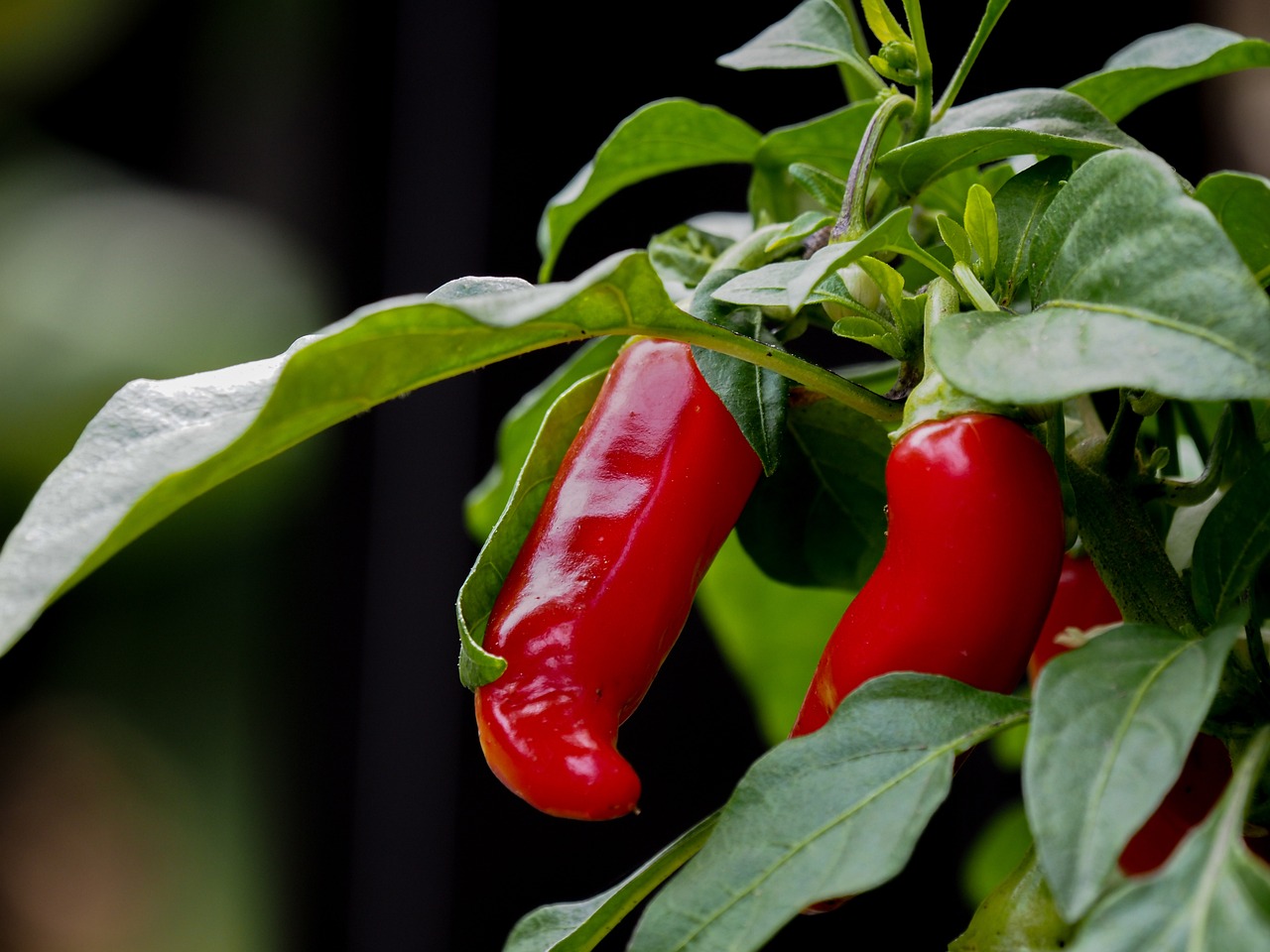
Image credit: Pixabay
Tomato
Between February and May, tomatoes are expected to have a high yield of flowering and fruiting. They have extensive growth during this period therefore consistent pruning of the leaves is necessary to avoid bug infestation and optimal growth of the fruit.
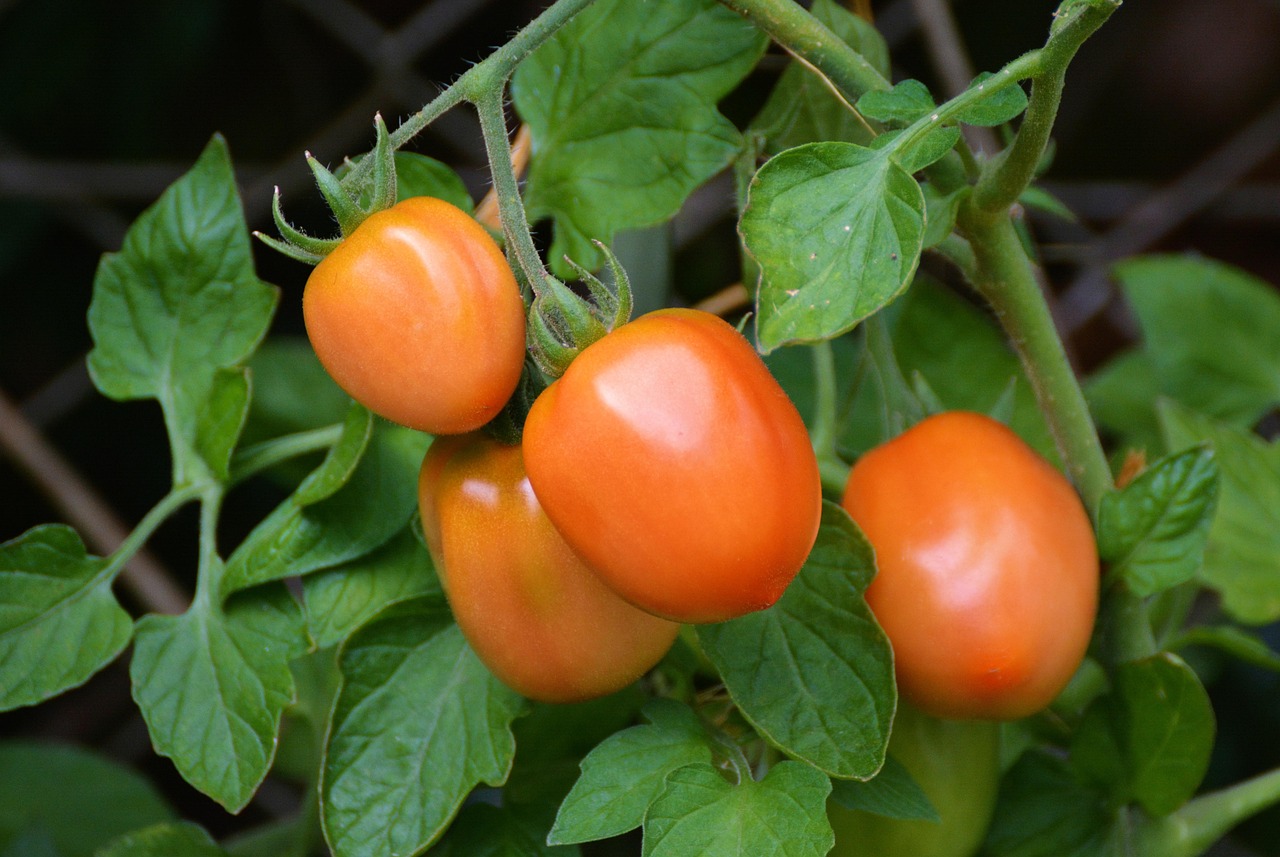
Image credit: Pixabay
Cucumber
Cucumbers are a warm-season crop. It grows best between early spring, and summer and through to autumn. During mid-summer months, cucumbers grow fast, prune the leaves and stake your cucumber plants for the best results. Protect the cucumber fruits from pets and flies with lace gift wraps.
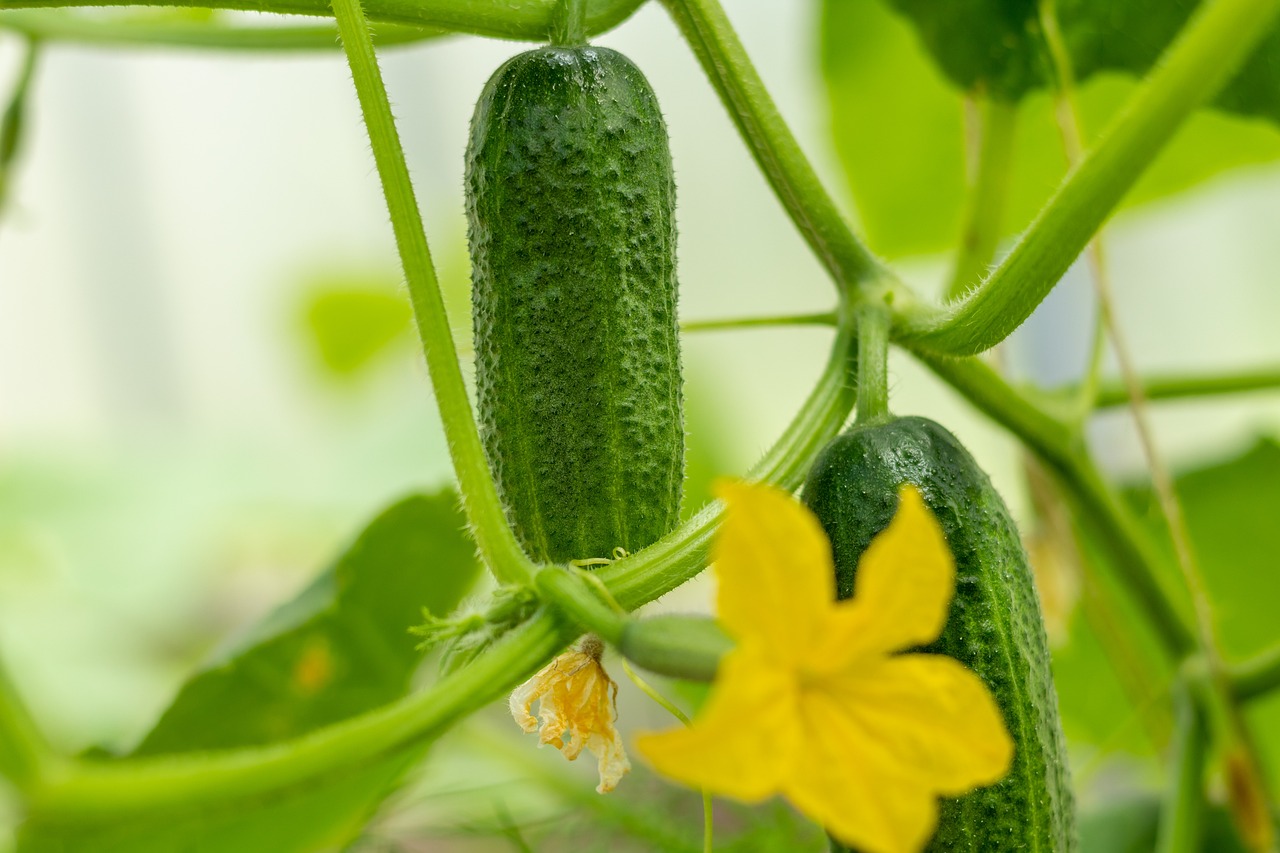
Image credit: Pixabay
Pepper
Peppers grow in warm to mild climates. Much like the chilli, young pepper leaves are small and delicate. Small scissors can be used to prune pepper leaves.
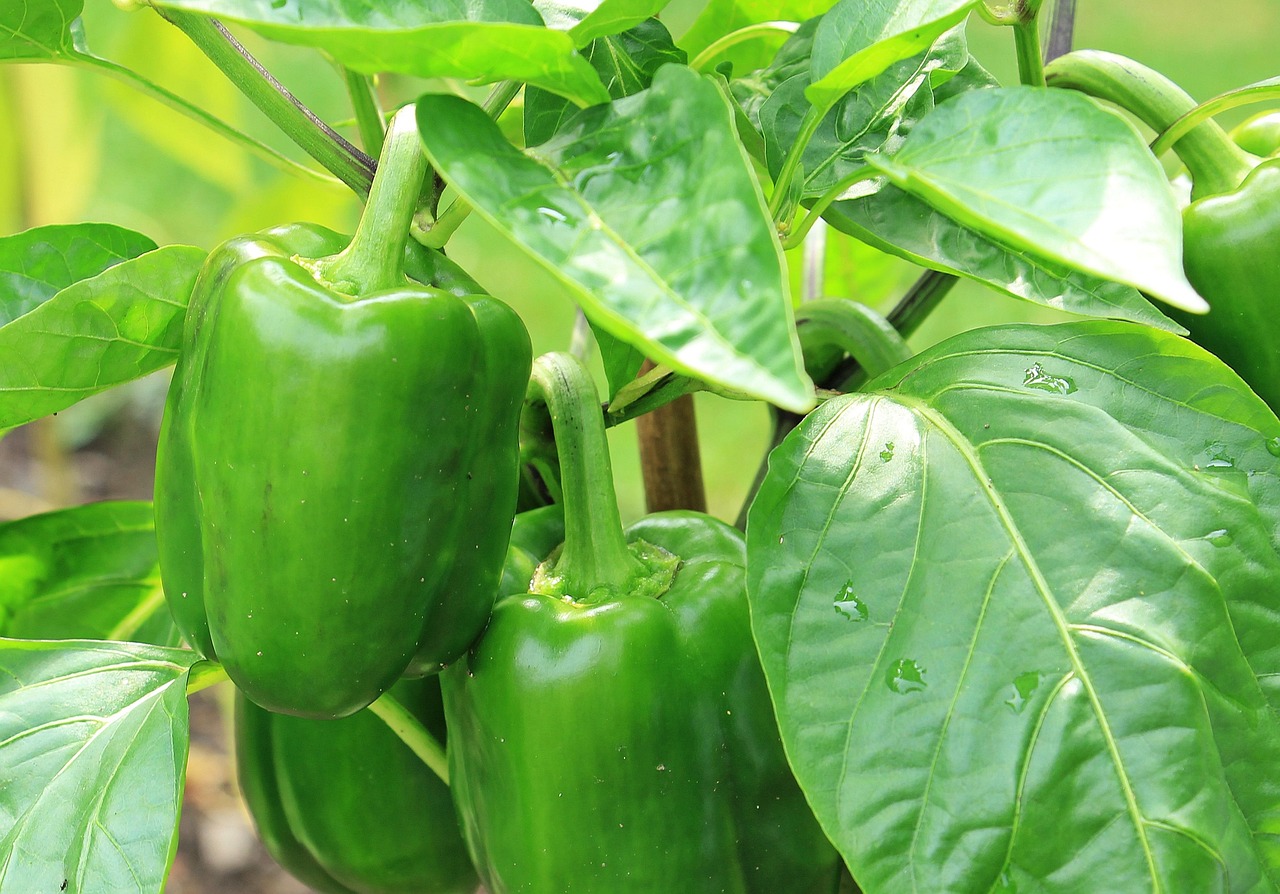
Image credit: Pixabay
Strawberries
Strawberries flower from early spring until the end of summer. Those who are growing strawberries. Pruning your strawberry plants in February can ensure that gardeners get their last harvest of the season.
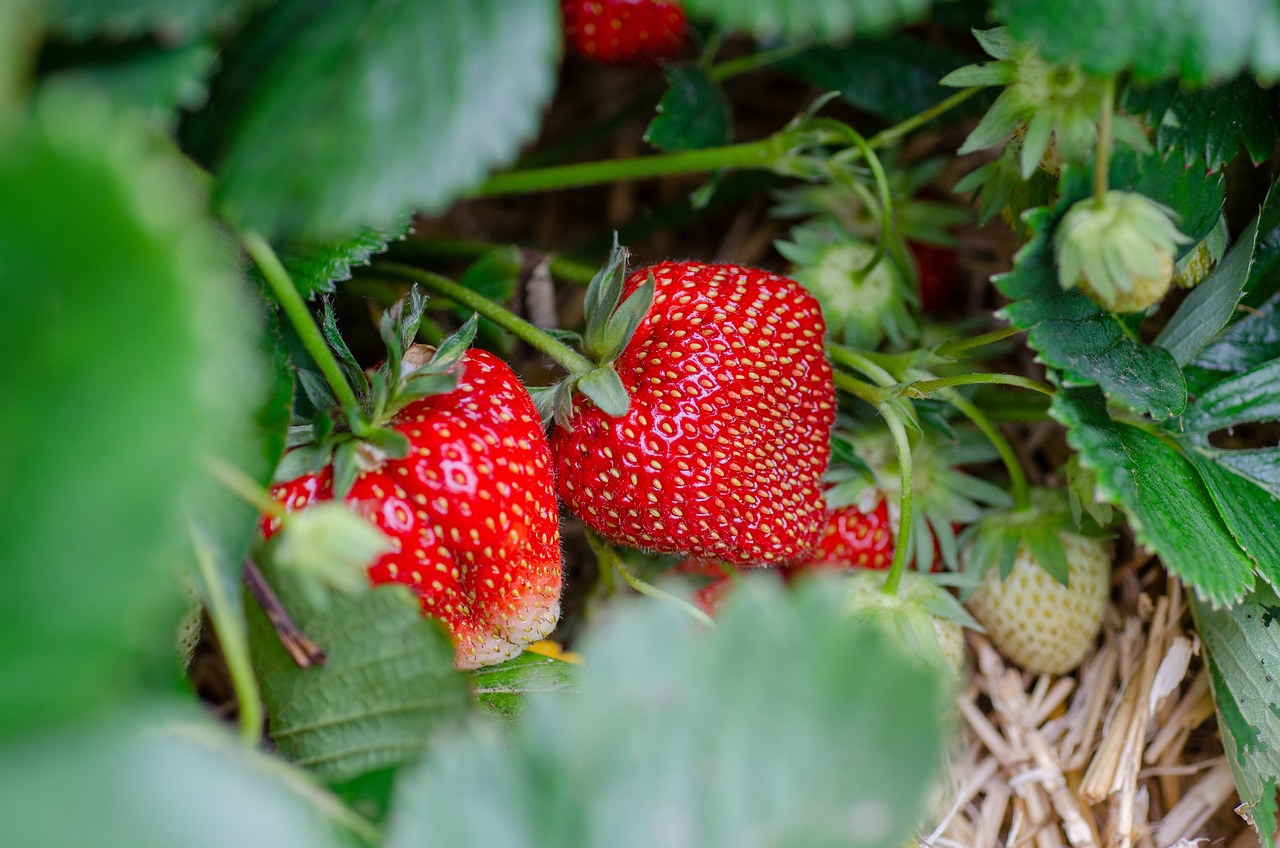
Image credit: Pixabay
Sweet basil
Sweet basil thrives in warm temperatures. Regular pruning encourages bushier growth and helps prevent early flowering, which can lead to bitter leaves. Frequent harvest of basil leaves keeps the plant productive throughout the growing season.
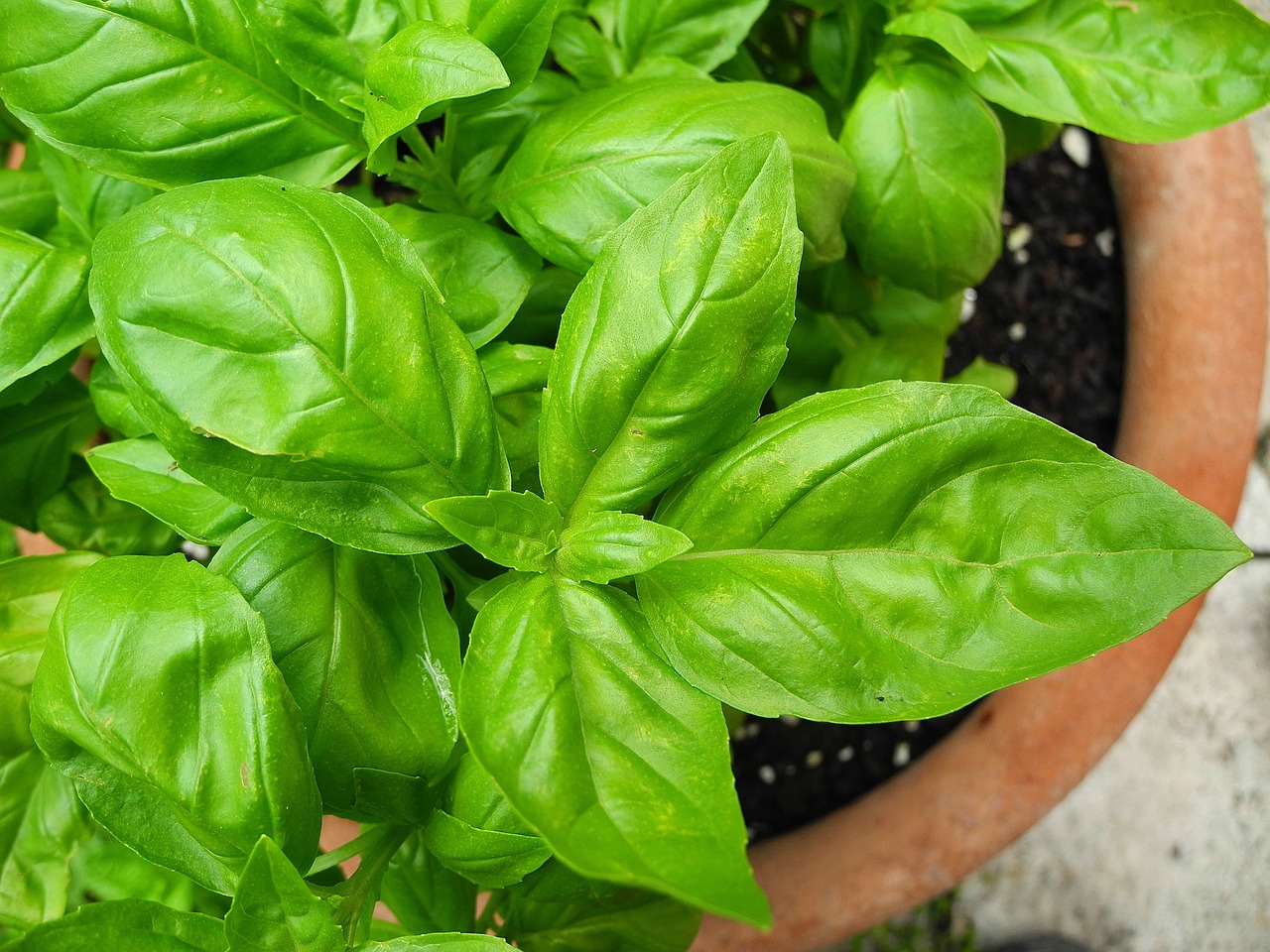
Image credit: Pixabay
Marigold
Marigolds serve as excellent companion plants in vegetable gardens, naturally deterring pests. Regular deadheading (removing spent flowers) promotes continuous blooming and keeps marigolds vibrant throughout summer.
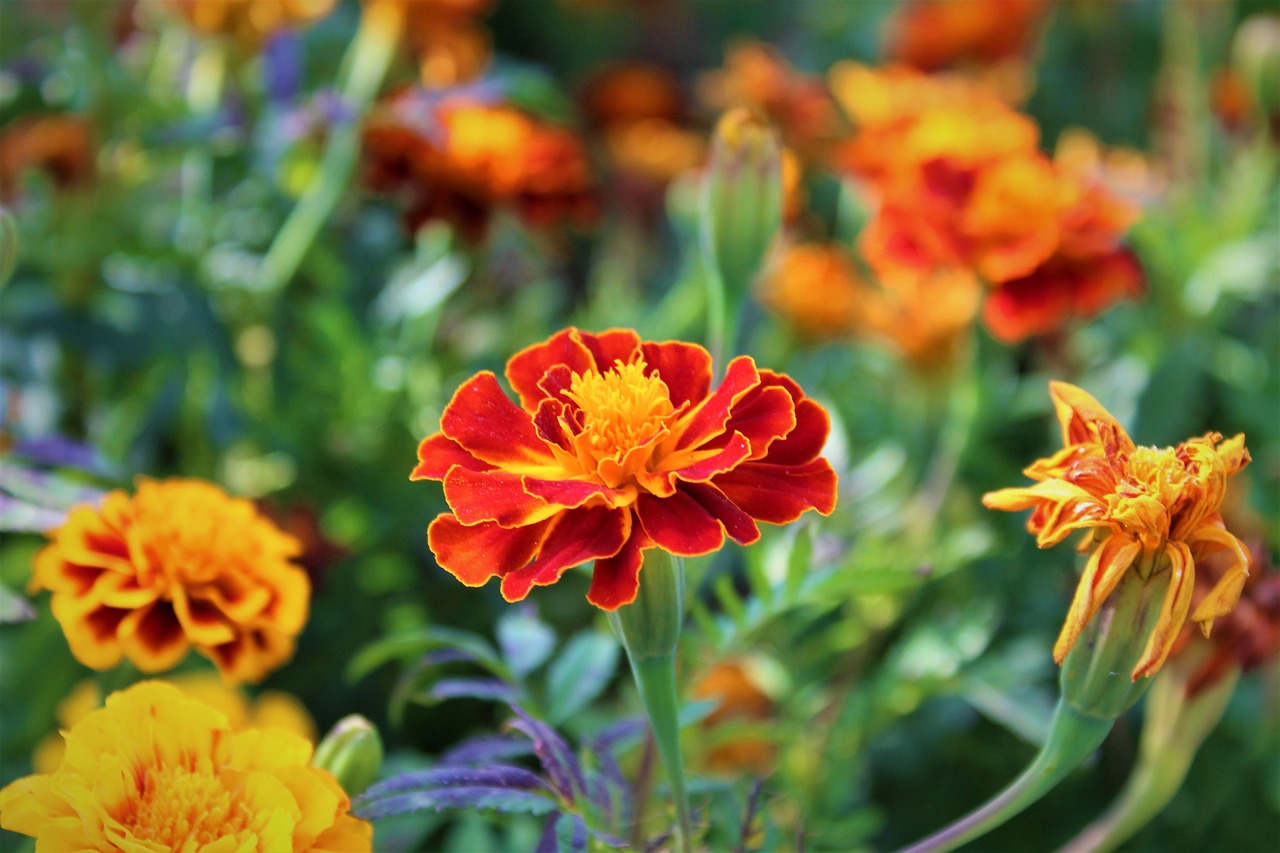
Image credit: Pixabay
Vegetables to sow in February
For gardeners looking to plant new crops in February, consider sowing the following vegetables and herbs:
Root vegetables: Beetroot, carrots, radishes
Leafy greens: Kale, lettuce, rocket, spinach, Swiss chard
Brassicas: Broccoli, cabbage, cauliflower, Brussels sprouts
Herbs: Coriander, parsley, rosemary, sage, thyme
Other vegetables: Celery, leeks, peas
February is a crucial time for food gardeners, balancing both harvesting and pruning to maintain healthy, productive plants. By understanding the specific needs of each crop, whether it’s pruning chillies and peppers for better airflow, staking cucumbers for support, or ensuring tomatoes and strawberries reach their full potential, gardeners can optimize their yields.
Additionally, this month offers the perfect opportunity to sow a variety of vegetables and herbs for the seasons ahead.
With proper care and attention, a thriving food garden not only provides fresh, homegrown produce but also fosters a deeper connection with nature. By staying in tune with seasonal cycles, gardeners can enjoy a continuous, rewarding harvest year after year.
ALSO SEE:
Featured image: Pexels

